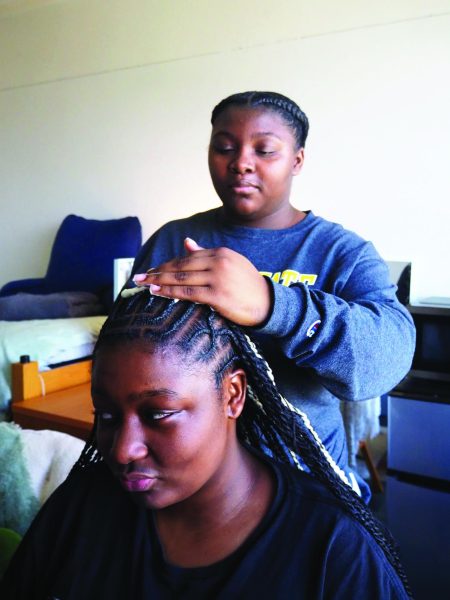Monarchs’ presence on campus severely lacking this semester
September 28, 2016
Monarch butterfly numbers have been decreasing steadily for the past 20 years. But this year, the numbers are lower than ever before, according to the “Chicago Tribune.” In fact, it is estimated the population has declined by 90 percent since 1996.
This trend can be seen even here in Wayne. Wayne State College’s campus is usually covered in monarchs during the beginning of the fall semester, but this year their presence has been notably lacking.
“This year’s severe drop is a very real problem for the future of monarchs,” Karen Oberhauser, the co-chairwoman of Monarch Joint Venture, said. “The numbers we’ve seen recently are much lower than the long-term averages.”
The Monarch Joint Venture is a co-operation of 50 conservation, education and research groups.
Most conservationists attribute the monarch numbers being low due to loss of habitat, with an estimated 6,000 acres being lost every day in the United States caused by intensive agriculture and other developments. That combined with climate change and the adoption of pesticides has become a very real threat to the monarch butterflies, among other insect populations.
“Conservations in the state are finally starting to make progress in recovering their habitat,” Wayne State College Professor Barbara Hayford said.
Iowa has shifted 100,000 acres of crops into habitats for creatures vital to pollination– including monarchs and honeybees. These are largely due to a large state and national habitat push.
Milkweed is a large factor for the presence of monarchs, as this is the only food a monarch caterpillar can eat. With 73 species of milkweed native to the U.S., there are lots of options for people to plant that can help save the monarch population.
“The best thing we can do in town is to plant milkweed,” Hayford said. “Farmers can line their crops with it and people can plant it in their gardens to really increase the monarch presence in town.”









Paul Cherubini • Oct 1, 2016 at 2:43 pm
Monarch butterflies have actually been sighted by the hundreds to low 1000’s in eastern Nebraska in recent weeks:
https://learner.org/jnorth/sightings/query_result.html?record_id=1473778298
https://learner.org/jnorth/sightings/query_result.html?record_id=1464677381
https://learner.org/jnorth/sightings/query_result.html?record_id=1474594431